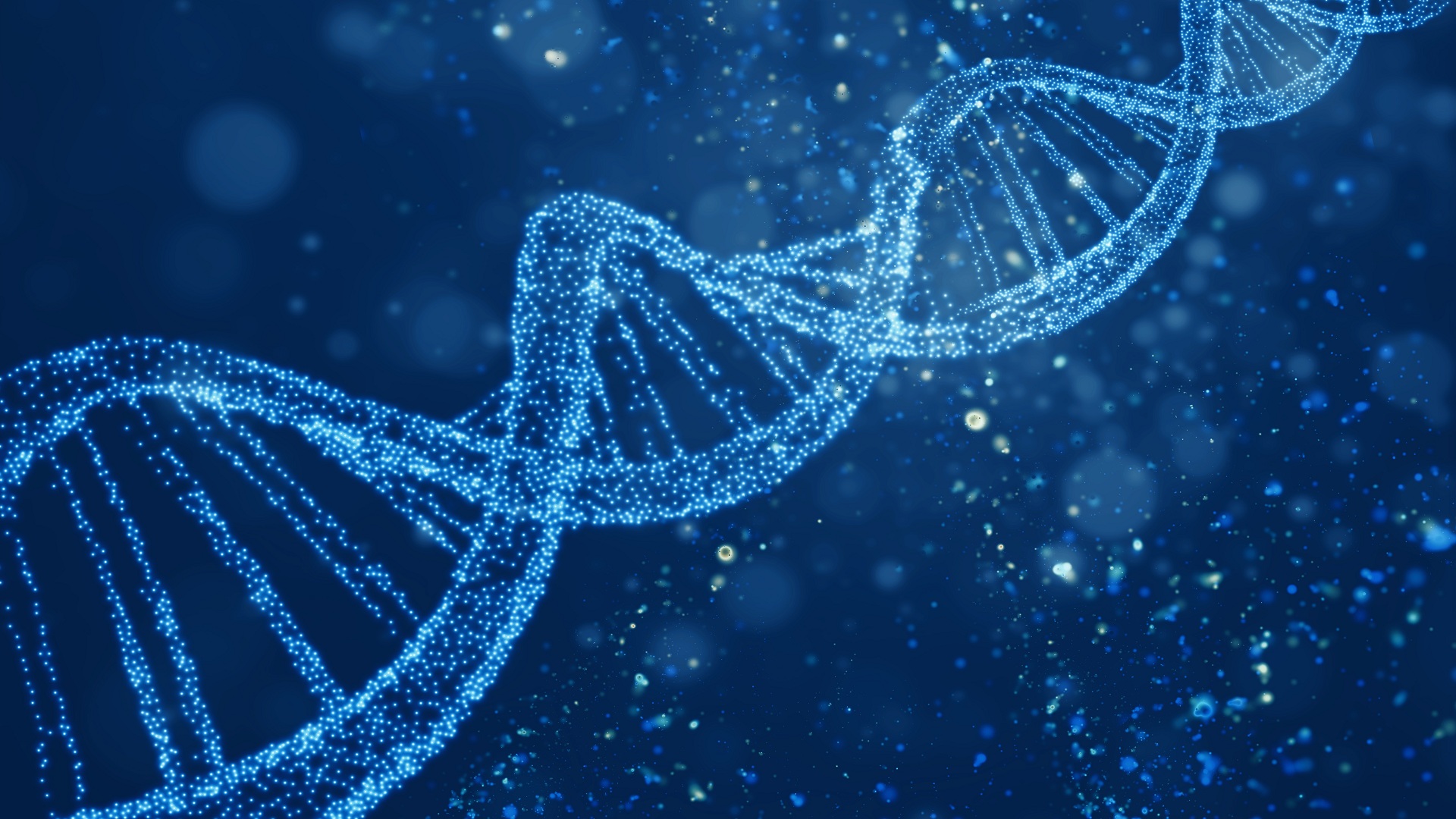For decades, scientists believed that DNA strands under stress would form knots, tangling into chaotic shapes.
But new research led by the University of Cambridge shows otherwise: when put under pressure, DNA coils into organized, spring-like structures called plectonemes.
The discovery reshapes long-standing assumptions about the mechanics of genetic material.
The breakthrough came from experiments using nanopores, tiny holes only wide enough to fit a single DNA strand.
Researchers placed DNA in a salty, alkaline solution and applied both voltage and fluid flow to drive it through the nanopore. These forces caused the DNA to rotate, generating a torque strong enough to twist the molecule.
From knots to coils
In past experiments, the irregular current signals observed as DNA passed through nanopores were interpreted as knots forming in the strand.
But closer analysis revealed the structures were not tangles at all. Instead, DNA twisted into plectonemes: tight, orderly coils that loop repeatedly around themselves.
This structural distinction is significant. Knots are irregular and difficult to undo, whereas coils can be wound and unwound in a predictable fashion.
Recognizing that DNA prefers coiling over knotting provides a clearer picture of how it behaves under torsion.
The finding has broad implications for biology and technology. DNA often experiences torsional stress inside living cells, whether through the packing of chromosomes in the nucleus or the action of enzymes that cut, twist, and rejoin strands.
If DNA coils into plectonemes in these situations, the structures could influence how genes are accessed, replicated, or regulated.
Rethinking DNA under stress
The results also matter for nanopore sequencing, a fast-growing method for decoding genomes. Electrical current disruptions produced by DNA coils look different from those caused by knots.
Understanding the distinction could help improve the accuracy of sequencing technologies, which are increasingly important in medical diagnostics and research.
The study also reframes how scientists think about the mechanical resilience of DNA. Rather than becoming unstable when twisted, DNA appears to adopt ordered structures that may allow it to absorb and release energy in a controlled way.
This challenges the long-held rope analogy, where DNA was seen as a thread prone to tangling, and instead presents it as a spring capable of storing torsional stress.
Looking ahead, researchers are interested in whether similar coiling behavior occurs naturally inside cells and what role it might play in critical processes such as transcription, replication, and chromosome organization.
Understanding these dynamics could reveal new insights into genome regulation and how cells manage mechanical stress.
The work underscores an essential principle in molecular biology: structure and function are deeply intertwined.
By uncovering that DNA coils under pressure rather than tying itself into knots, scientists have gained a more accurate view of one of life’s most fundamental molecules, showing that when stressed, DNA favors order over chaos.
The new findings have been published in Physical Review X.
